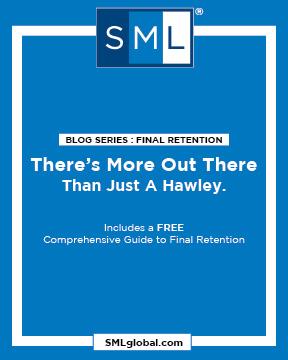 Excepting most notable Pizza and Ice Cream, there are pros and cons connected with most life choices. Agreeing that final retention is indefinite, you have to decide what is going to work best for you and your patient. To begin, we have classified retention appliances into three categories: Fixed, Removable and Active Retention.
Excepting most notable Pizza and Ice Cream, there are pros and cons connected with most life choices. Agreeing that final retention is indefinite, you have to decide what is going to work best for you and your patient. To begin, we have classified retention appliances into three categories: Fixed, Removable and Active Retention.
Let’s walk through a few options in the fixed category.
Fixed appliances are either cemented or bonded in place. The best reason for a fixed approach is that compliance isn’t an issue. The biggest negative is that the patients needs to learn how to floss and properly clean around their appliances. .If a patient is not vigilant, periodontal problems can occur.
Another problem with a fixed approach is that, at times, cement or bonding can fail, which means the patient might have to come back into your office to get the appliance re-cemented or re-bonded.
